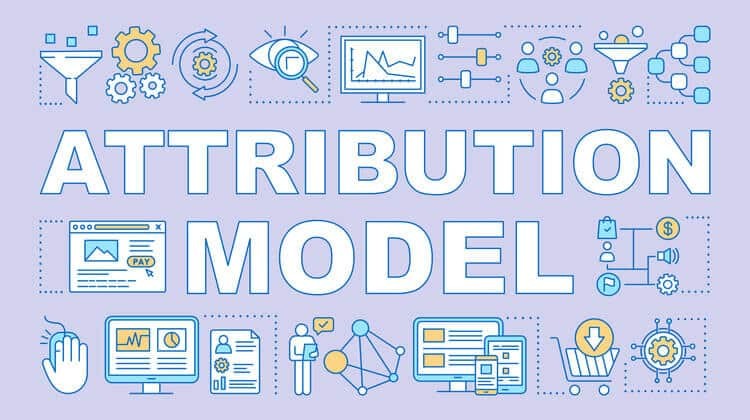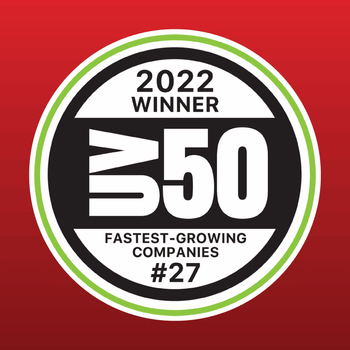Understanding Facebook Attribution: Everything You Need to Know
by Ana Gotter • May 13, 2020
The Facebook Ads Manager has some outstanding reports that can help you carefully assess exactly how your ads are performing. You can see how many impressions they’ve gotten, which tells you how many times the ad has been viewed. You can also see clicks, engagement, and even the conversion rate and how much you paid for each conversion.
As long as you’re using Facebook’s tracking pixel, Facebook can actually tell you how many users saw your ad, clicked on it and converted on a specific action—whether that was an email sign-up, an event registration, getting in touch through a contact form, a sale, or something else altogether.
If you’re using Google Analytics or other third-party analytics platforms, however, you may see that the numbers don’t always quite line up. Facebook might indicate that you had a 5% conversion rate from a specific campaign, but it looks like only a 2% conversion rate on Google.
These mismatched numbers are the result of mismatched attribution models, which is something plenty of business owners running advertising campaigns don’t even realize impacts them (or, in some cases, exists). Attribution does impact every advertiser on the platform, however, and it’s essential to understand how it works and what it means for you.
In this post, we’re going to go over everything you need to know about Facebook attribution, including what it is, why it matters, how it works, and how to use it to your advantage.
What is “Facebook Attribution” and Why Does It Matter?
There are two meanings to “Facebook Attribution.” One is a general principle, and the other is an actual tool created by Facebook. Let’s look at both.
Facebook Attribution as a Marketing Principle
Facebook—like many other PPC platforms—carefully tracks the total number of people who see your ad, click them and take the specific action that you’re optimizing for. They are, in other words, tracking the total number of conversions that come from each ad and how much they cost.
Attribution can be tricky, though, and that’s because customer’s journeys are almost never as simple as “see ad, click ad, buy the product, done.”
Many times, users need to have multiple touchpoints or interactions with a brand before they’re even willing to consider purchasing. This means that someone might click on your ad, and look at the landing page. They think “eh, maybe later.”
A few weeks later, they come across a blog post for you thanks to a carefully-optimized article, which takes them to your Instagram. They follow you on Instagram, which a few weeks later sends them to an eBook that finally gets them to share their lead information.
In this case, it wasn’t just the Facebook ad that was responsible for the conversion. It may not have even mattered, theoretically, that they saw and clicked on the ad. The blog post clearly plaid an important part, and a well-maintained social channel was also essential to keeping the customer re-engaged.
So does the Facebook ad get all the credit because it came first? Does the Instagram account or the lead magnet get credit because it was last? Or do they all deserve some attribution?
There are a number of different attribution models that try to take this into account, which is why Facebook may or may not credit an ad for a sale and Google does the opposite. If your platforms are using different models, you’ll see conversions attributed differently across different platforms.
First-click and last-click attribution (which only accounts for the first touchpoint OR the last when giving attribution) are never accurate, but those that give credit to every touchpoint can offer a lot more insight into your customer’s journey.
Facebook Attribution as a Tool
In order to help advertisers make sense of attribution models and windows, Facebook has actually released a tool aptly named “Facebook Attribution” to give you control over your own attribution model.
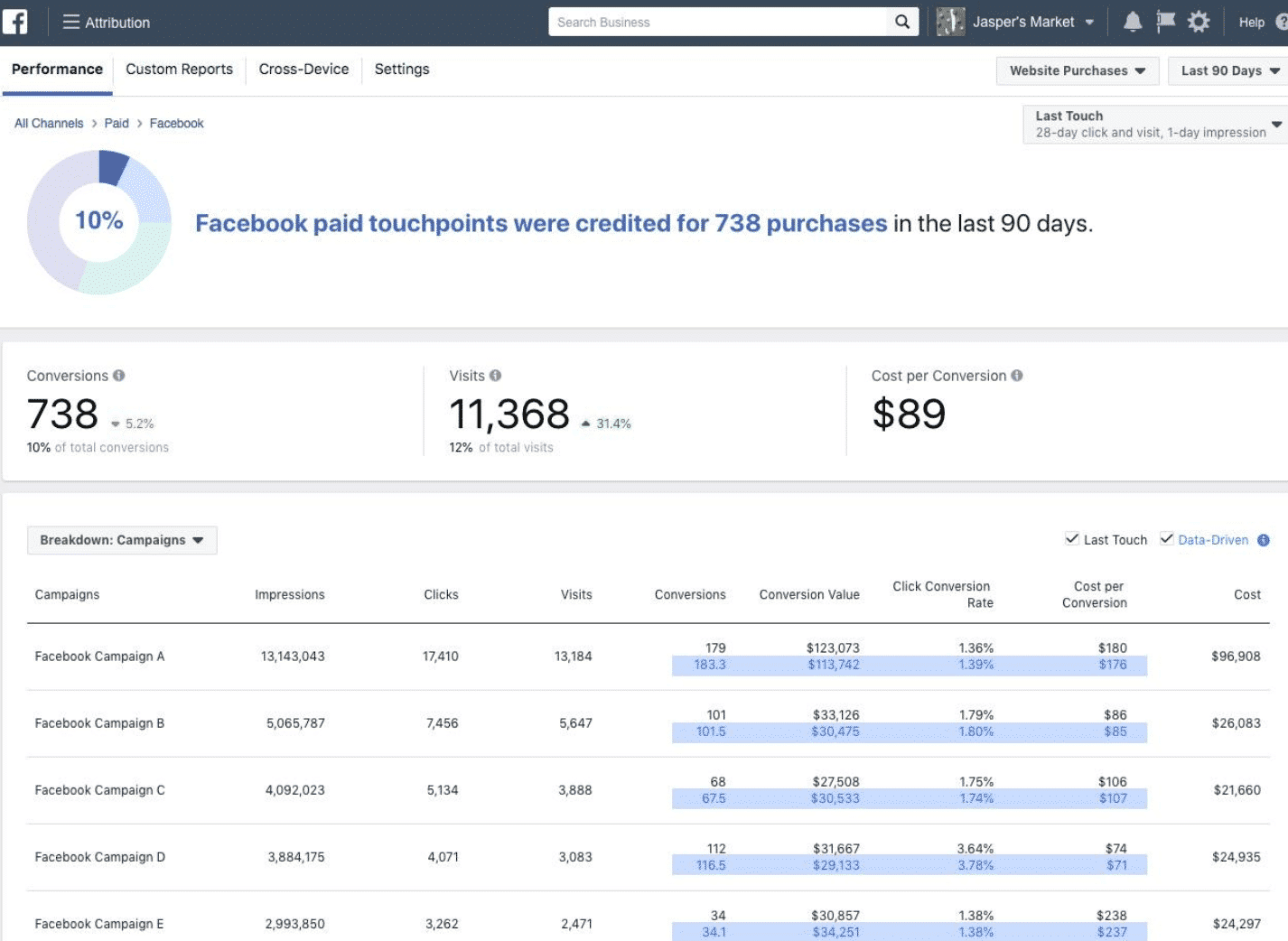
This tool is designed to help you better track your customer’s journey, showing you which ads converted, but also useful data like how many devices a customer uses. You can also adjust your attribution model and the attribution window instead of relying on Facebook’s arguably not-always-effective default options. Learn more about how to use the tool here.
How Attribution Models Impact Facebook Advertisers Differently
Before you make any choices about attribution, it’s important to understand what the default is and what the other options are.
If you haven’t ever tinkered with attribution on Facebook, their default option is a time-based attribution model. If someone clicked on your ad within the last 28 days and converted OR if someone viewed your ad within the last 24 hours and then converted, the ad gets the credit.
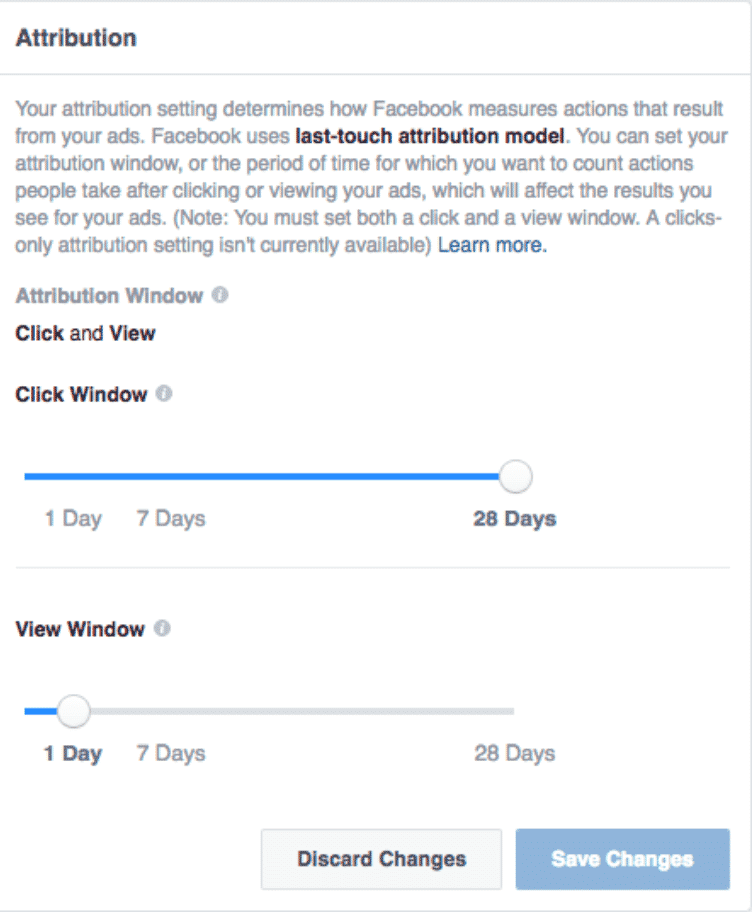
This works for some businesses—it doesn’t work for others.
A company selling adorable travel mugs with infusers for tea that cost $25, for example, might get a lot of impulse purchases. Even if they aren’t getting true impulse purchases, the path to conversion is relatively short. After all, it’s not a high-stakes purchase for customers that need weeks of research.
A company that’s selling accounting budgeting software that costs $400 a year, however, is going to have a much longer research period. Someone may see the ad and be high-intent and interested, but they can’t afford it for another three months. They eventually search for the software through Google when they’re ready. Or maybe it takes the user 32 days to consider it, do their research, and talk it over with their partner.
In either case, Facebook isn’t given attribution when it really should be for analytics purposes. The ad shows as not converting, even though it is—the attribution window just isn’t long enough.
Different Types of Attribution Models
This is where things can get a little complicated: Which attribution model works best for your business?
If you’re happy with Facebook’s current attribution model but want to adjust the attribution window, you can do that, easy peasy.
If you want more information than just “they clicked the ad in the last x number of days and converted eventually,” you’ll want to look at other attribution models.
Here are your options, straight from Facebook’s Blueprint:
- Last-click. 100% of attribution is given to the touchpoint the user last clicked, even if they viewed something else first.
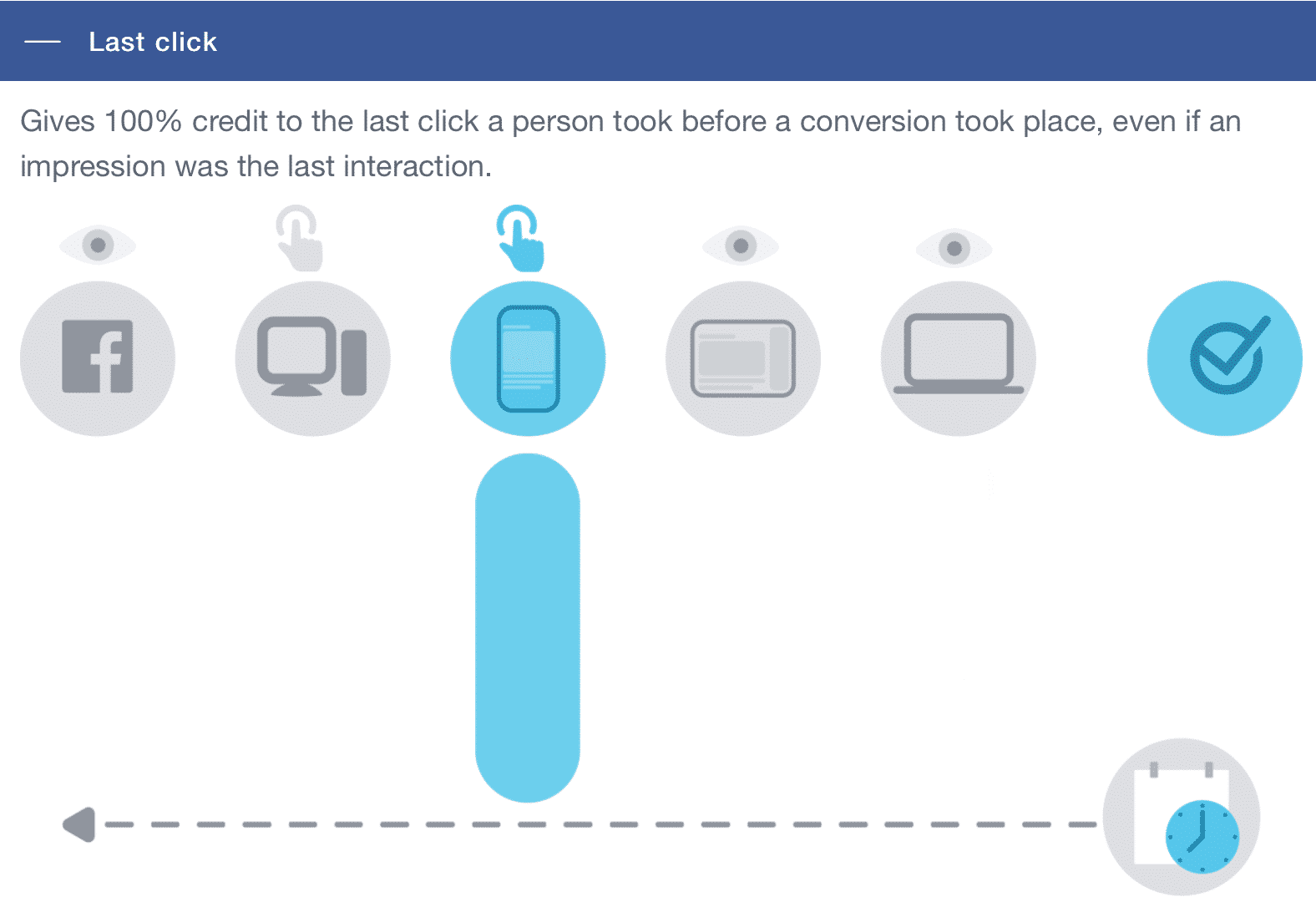
- Last-touch. 100% of attribution is given to the last touchpoint the user interacted with, whether it was a click or a view.
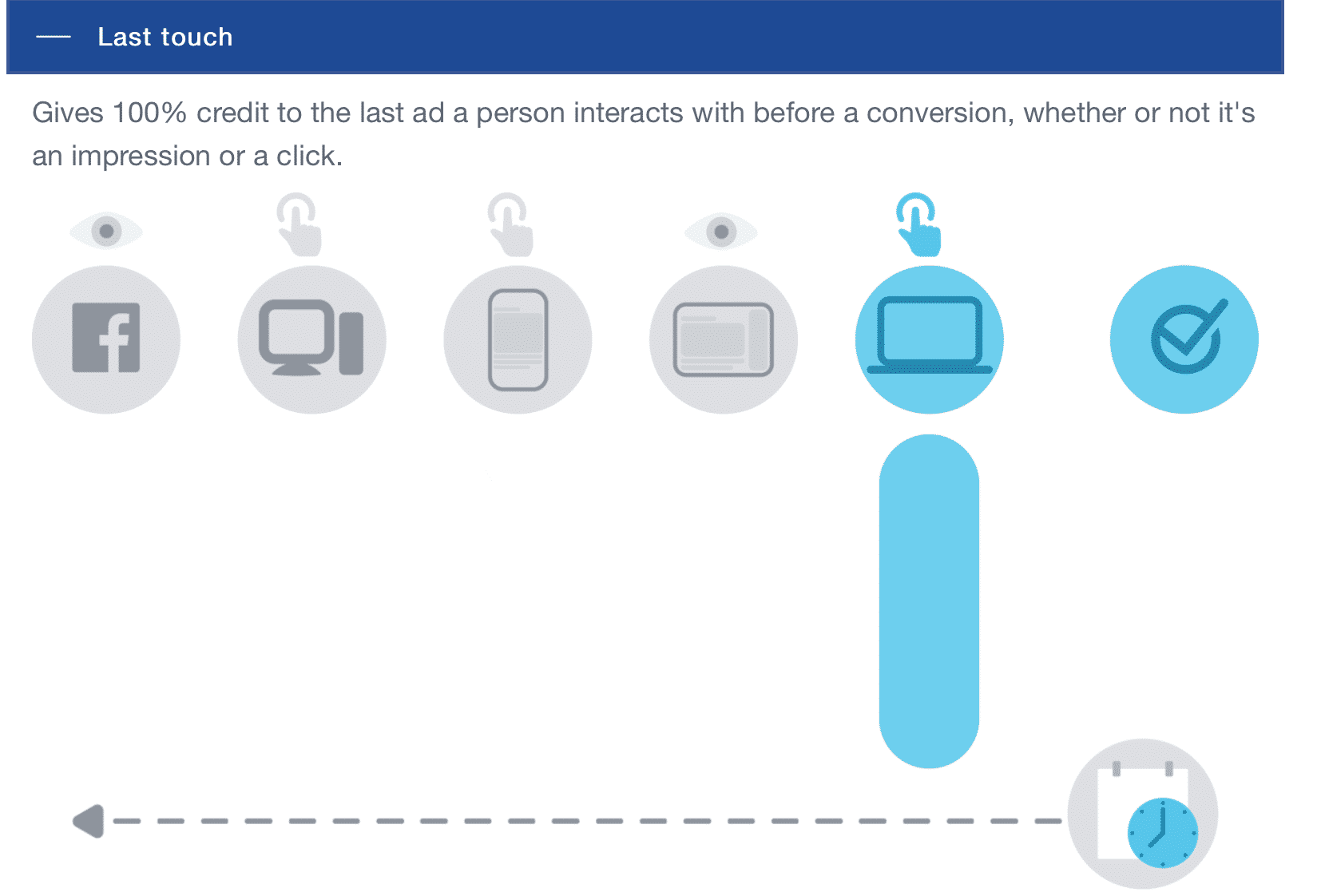
- Even credit. Every touchpoint in the buying cycle is given equal credit for the conversion.
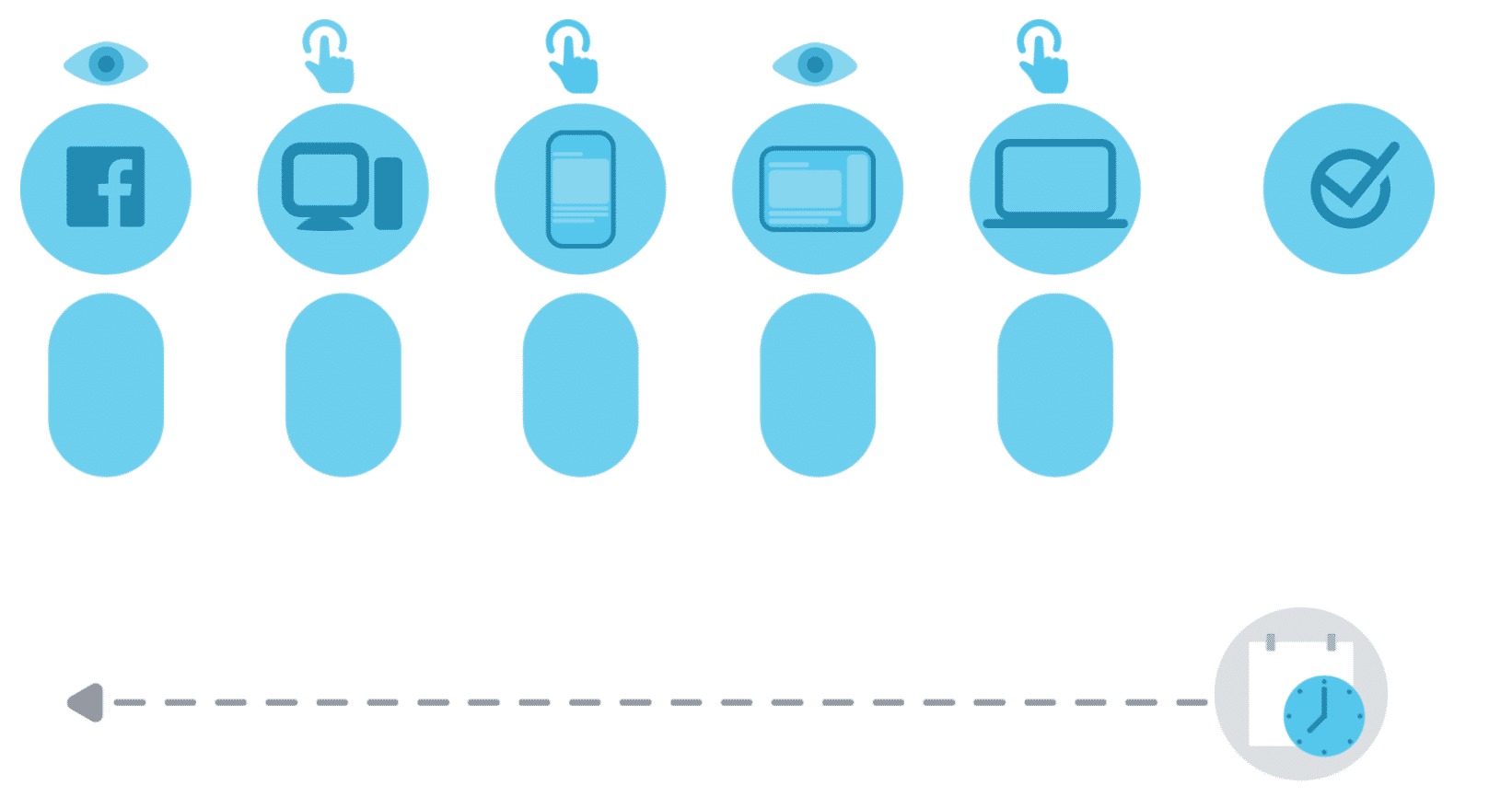
- Time decay. Every touchpoint gets credit, but the more recent the touchpoint, the higher the credit you get.
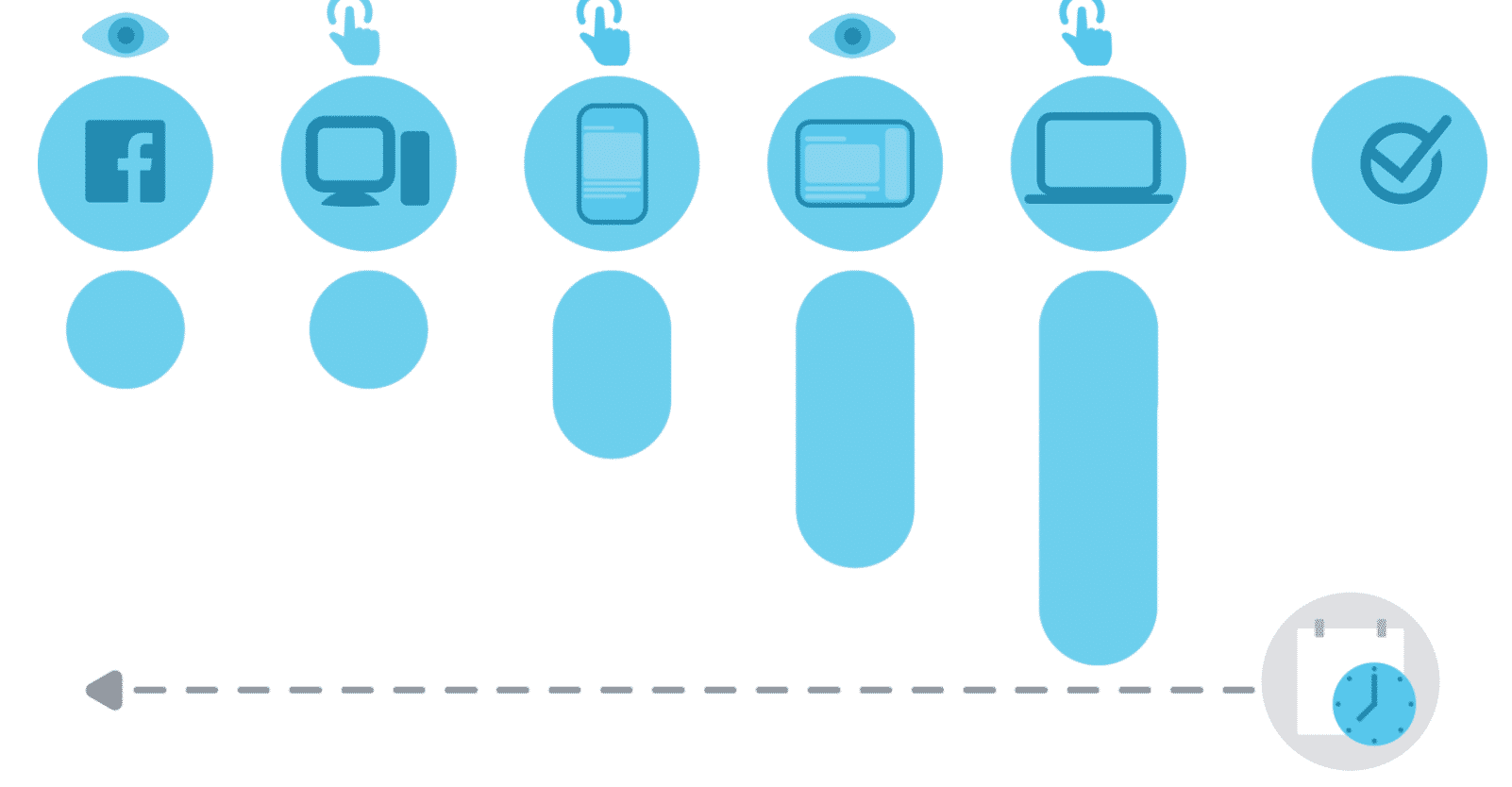
- Positional. All touchpoints receive some credit, but the first and last touchpoint are equally awarded the most attribution.
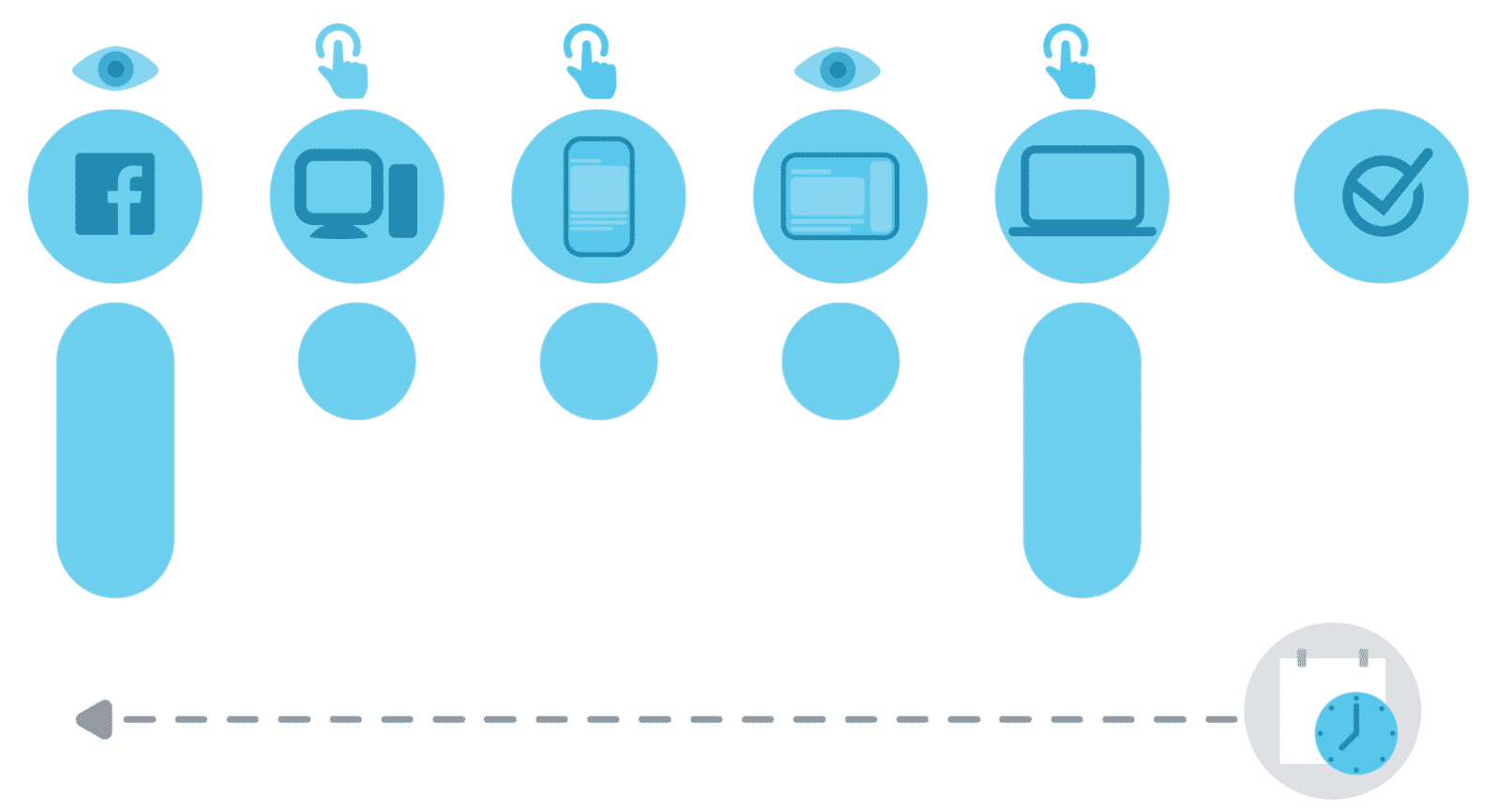
- Statistical models. Also sometimes called “math-based attribution,” Facebook uses algorithms based on past customer journeys to assess which touchpoints should receive the most credit. The difficulty here is that you don’t know exactly what those algorithms are or if they’re accurate for your individual audience.
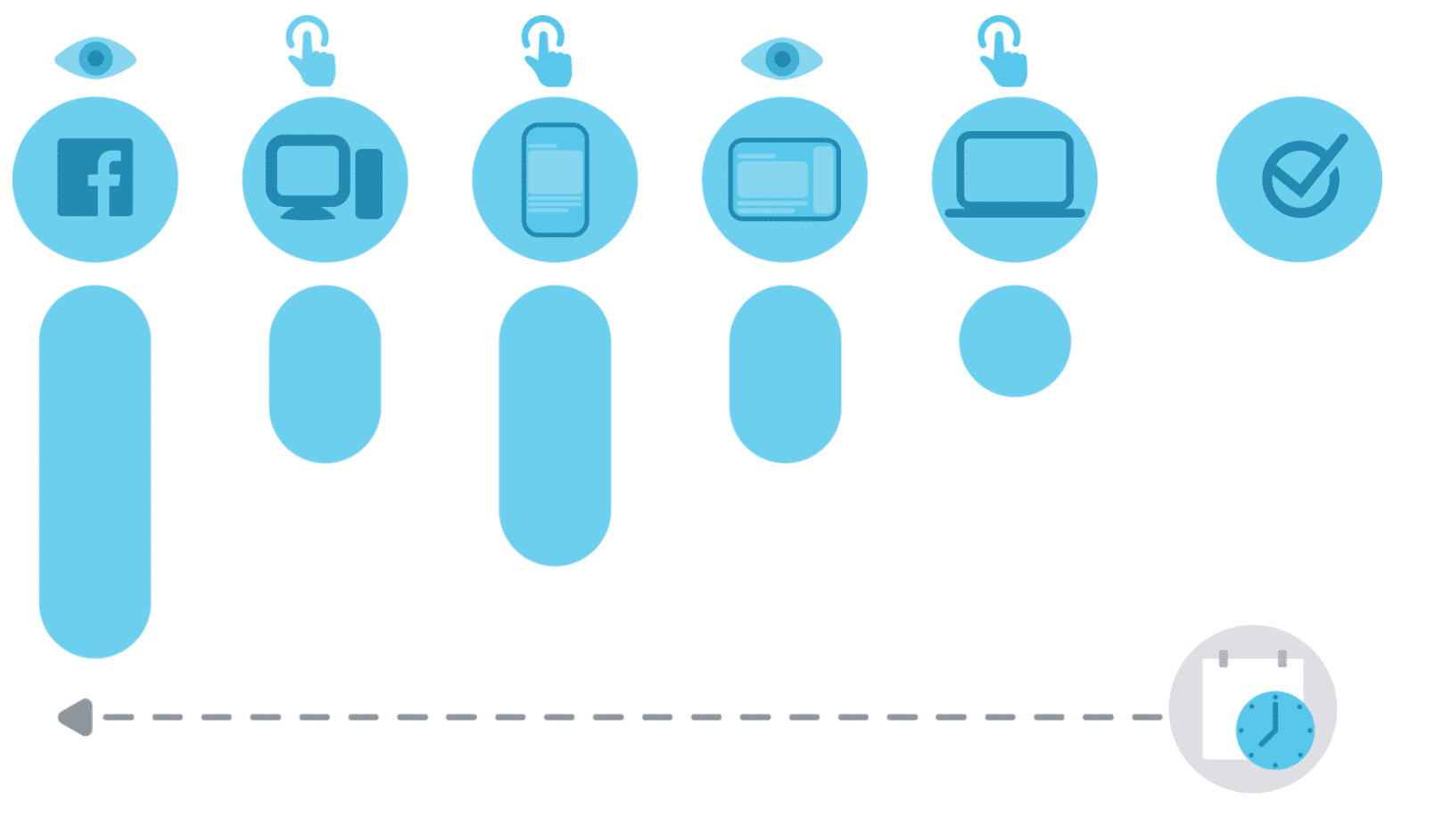
Choosing a Facebook Attribution Model That’s Right for You
When you’re looking at attribution to understand how your customer journey works so that you can properly optimize it moving forward, you want the most accurate look at what’s happening as possible.
If you’re using first-click attribution, for example, you might see that tons of Facebook Ads are leading to conversions. That’s excellent—it means that your campaigns are doing something right.
But, it fails to account for the fact that almost all conversions happened immediately after viewing a specific page on your site, or that 50% of your customers downloaded your extraordinary whitepaper before being ready to purchase. This is important information, too, allowing you to see which touchpoints work well together to actually, well, work.
In most cases, it’s best to avoid first- and last-touch attribution models, because they absolutely do not give you the full picture (or anything even remotely close to it). The positional model works well for plenty of companies, allowing you to see every touchpoint but giving the most credit to those that pushed the user into the funnel and into purchasing. These, in general, are often the most high-value, and it’s essential information to have.
It’s easy to change your attribution model within Facebook’s Attribution tool. You just need to follow these instructions:
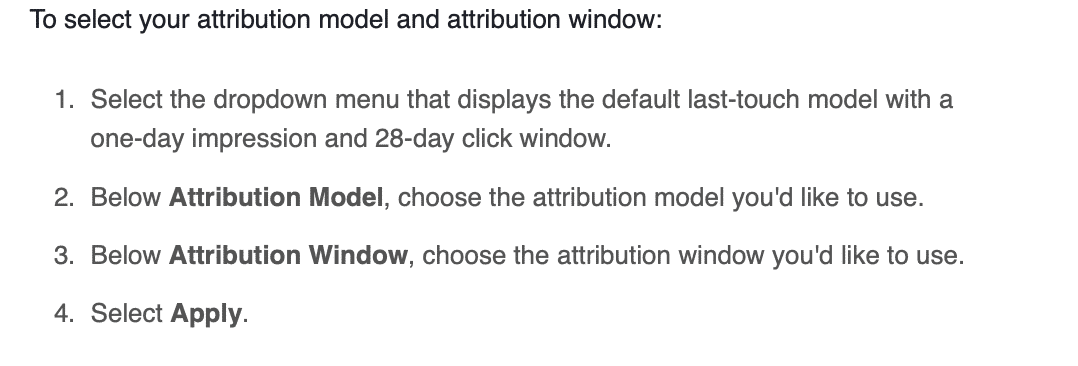
Conclusion
Attribution is one of those parts of marketing that’s complicated enough and technical enough that some marketers decide to ignore it, trusting the platform’s default choices. While Facebook’s go-to last-click 28 day/1 day model can work for some brands, it’s definitely not effective when you want to understand the customer’s full path to conversion and which touchpoints are actually making a difference.
Taking some time to choose the right attribution model for your business is definitely worth it, even from simply a knowledge perspective. The more you know about your customer journey, the better you can optimize every single touchpoint the customer interacts with, increasing your success over time.
Need help optimizing or managing your campaigns, or choosing the right attribution model for your business? Get in touch with us here to learn more about how our data-driven strategies can help your brand.
What do you think? Which attribution model do you use? Have you ever chosen an attribution model outside of Facebook’s default? What questions do you have about attribution? Share your thoughts and questions in the comments below!

